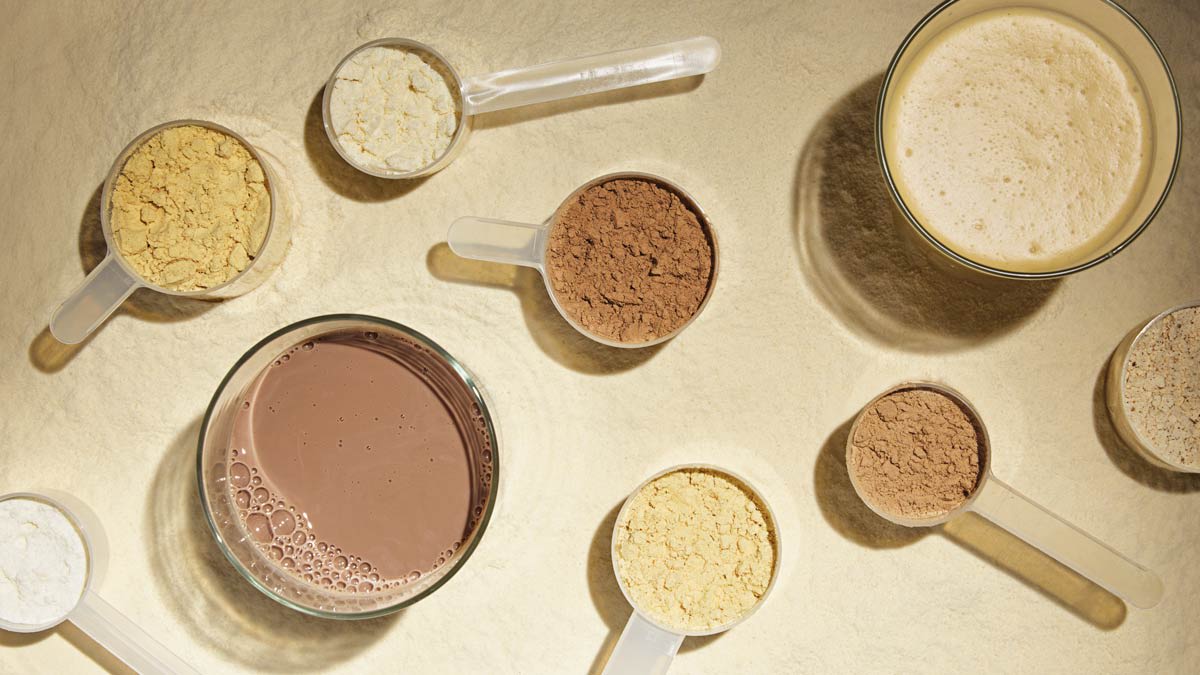That’s true, but the concern to me, at face value, is the concentrated quantity of it.
Don’t forget, Huel black is 400 calories, so in theory an individual could be having 2 or more servings of it per day.
And because it’s a meal replacement, chances are you’re regularly ingesting the concentrated levels of heavy metals, leading to long term exposure, which is where the risks lay.
After a quick skim my questions are:
- Test methodology?
- Independently verified?
- How are they quantifying safe levels? How does it compare to other standards across the world?
Nevertheless, articles like this are a good thing - they challenge the perspective of people and help hold companies accountable for the health of consumers.
Otherwise, we’d end up with DuPont doing DuPont things.
We need open criticism to force the hand of the manufacturers to prove that the investigations are at worst wrong or at best misleading.


 www.consumerreports.org
www.consumerreports.org



